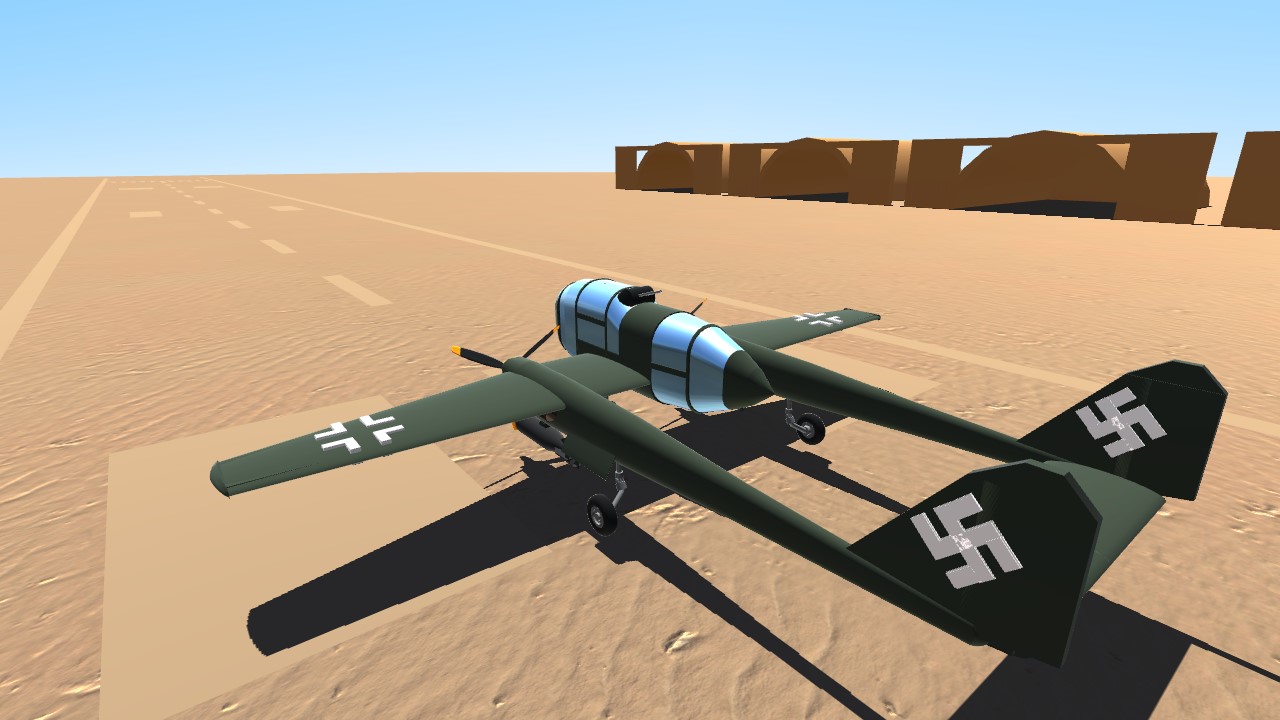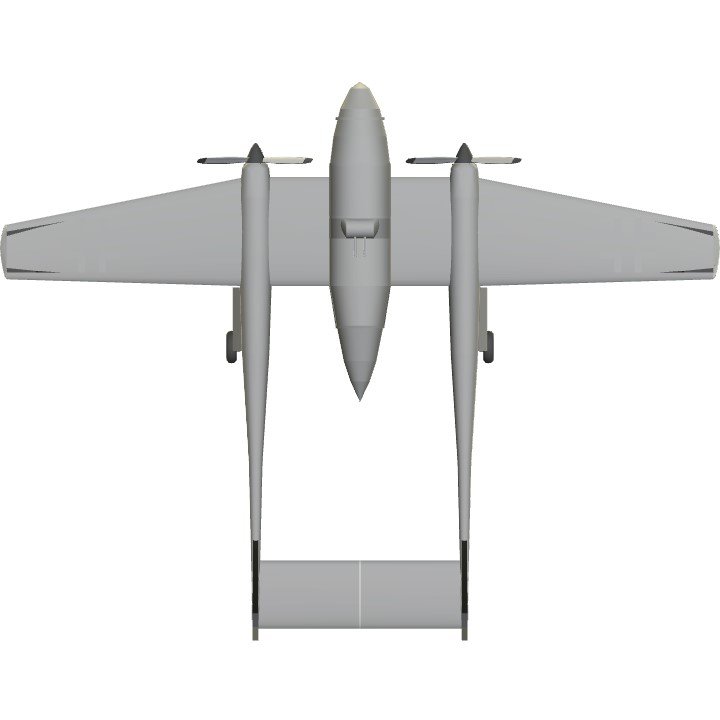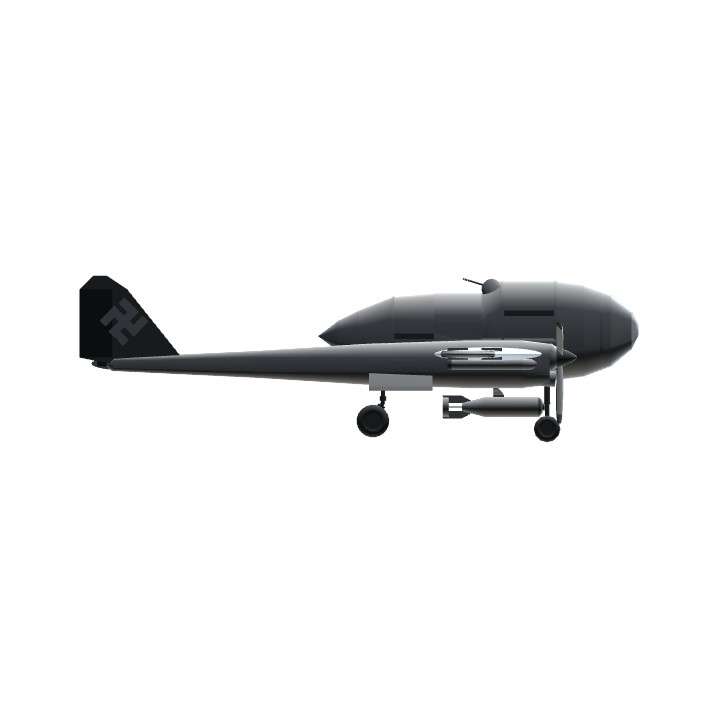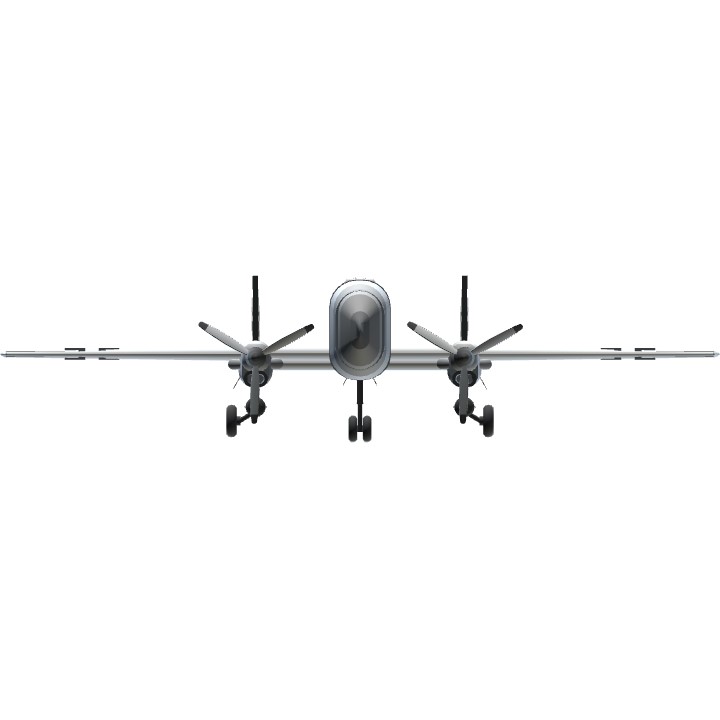In 1937, the German Ministry of Aviation issued a specification for a short-range, three-seat reconnaissance aircraft with a good allround view to support the German army in the field, replacing the Henschel Hs 126, which had just entered service. A power of about 850–900 hp (630–670 kW) was specified. The specification was issued to Arado and Focke-Wulf.[1] Arado's design, the Ar 198, which was initially the preferred option, was a relatively conventional single-engined high-wing monoplane with a glazed gondola under the fuselage.[2] Focke-Wulf's chief designer Kurt Tank's design, the Fw 189, was a twin-boom design, powered by two Argus As 410 engines instead of with an expected single engine. As a "twin-boom" design like the earlier Dutch Fokker G.I from 1938, the Fw 189 used a central crew gondola for its crew accommodation, which for the Fw 189 would be designed with a heavily glazed and framed "stepless" cockpit forward section, which used no separate windscreen panels for the pilot (as with many German medium bombers from 1938 onwards). Blohm & Voss, however, proposed as a private venture something even more radical: chief designer Dr. Richard Vogt's unique asymmetric BV 141. Orders were placed for three prototypes, each of the Arado and Focke-Wulf designs, in April 1937.[3]

Specifications
Spotlights
- ThePrototype 6.6 years ago
- LiamW 6.6 years ago
General Characteristics
- Created On Windows
- Wingspan 43.3ft (13.2m)
- Length 33.5ft (10.2m)
- Height 9.9ft (3.0m)
- Empty Weight 8,460lbs (3,837kg)
- Loaded Weight 9,623lbs (4,365kg)
Performance
- Horse Power/Weight Ratio 0.623
- Wing Loading 38.8lbs/ft2 (189.5kg/m2)
- Wing Area 247.9ft2 (23.0m2)
- Drag Points 6174
Parts
- Number of Parts 142
- Control Surfaces 6
- Performance Cost 530






